
Bird of the Month: Northern Pintail
(Photos and story by Pam Hunt) As winter finally comes to an end in March and our rivers and lakes begin to open up, waterfowl are some of the first

(Photos and story by Pam Hunt) As winter finally comes to an end in March and our rivers and lakes begin to open up, waterfowl are some of the first

(Photo and story by Pam Hunt) The Carolina Wren (Thryothorus ludovicianus) is one of the more recent southern invaders to expand into New Hampshire. It was extremely rare in the
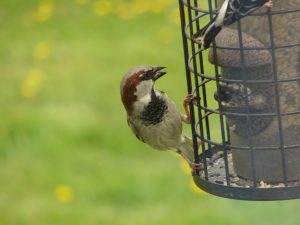
(Photo and story by Pam Hunt) House Sparrows (Passer domesticus) don’t get a lot of love on this side of the Atlantic. They aren’t native to North America and can

(Photo and story by Pam Hunt) Nuthatches are famous for their habit of climbing down trees headfirst, a feat aided by their unusually long hind claws. But they just as
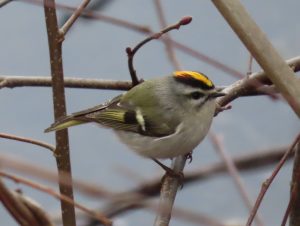
(Photos and story by Pam Hunt) Kinglets are the smallest songbirds that nest in New Hampshire, and at a quarter ounce (roughly the weight of a quarter) are only twice
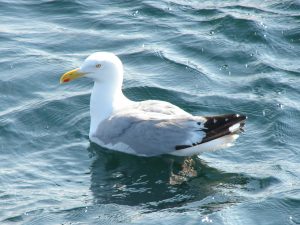
(Photos and story by Pam Hunt) The Herring Gull (Larus argentatus) is the quintessential “seagull” of the New England coast, but they have a long and convoluted history here. Early
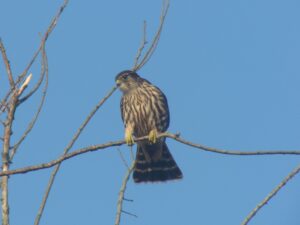
(Photos and story by Pam Hunt) September marks the start of peak raptor migration, and while people particularly like to watch the large kettles of Broad-winged Hawks circling their way

(Photos and story by Pam Hunt) August marks the beginning of southward migration for many species, and the aptly-named Yellow Warbler (Setophaga petechia) is among the first of our breeding

(by Pam Hunt) Bicknell’s Thrush (Catharus bicknellli) is the flagship bird species for high elevation conifer forest in the northeastern United States and southeastern Canada, breeding only above 2500’ from
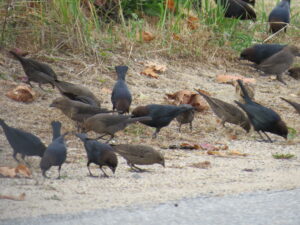
(by Pam Hunt) Back in May, volunteer Brenda McMahon was checking nest boxes at the Massabesic Audubon Center and took this photo of a Black-capped Chickadee nest. If you look